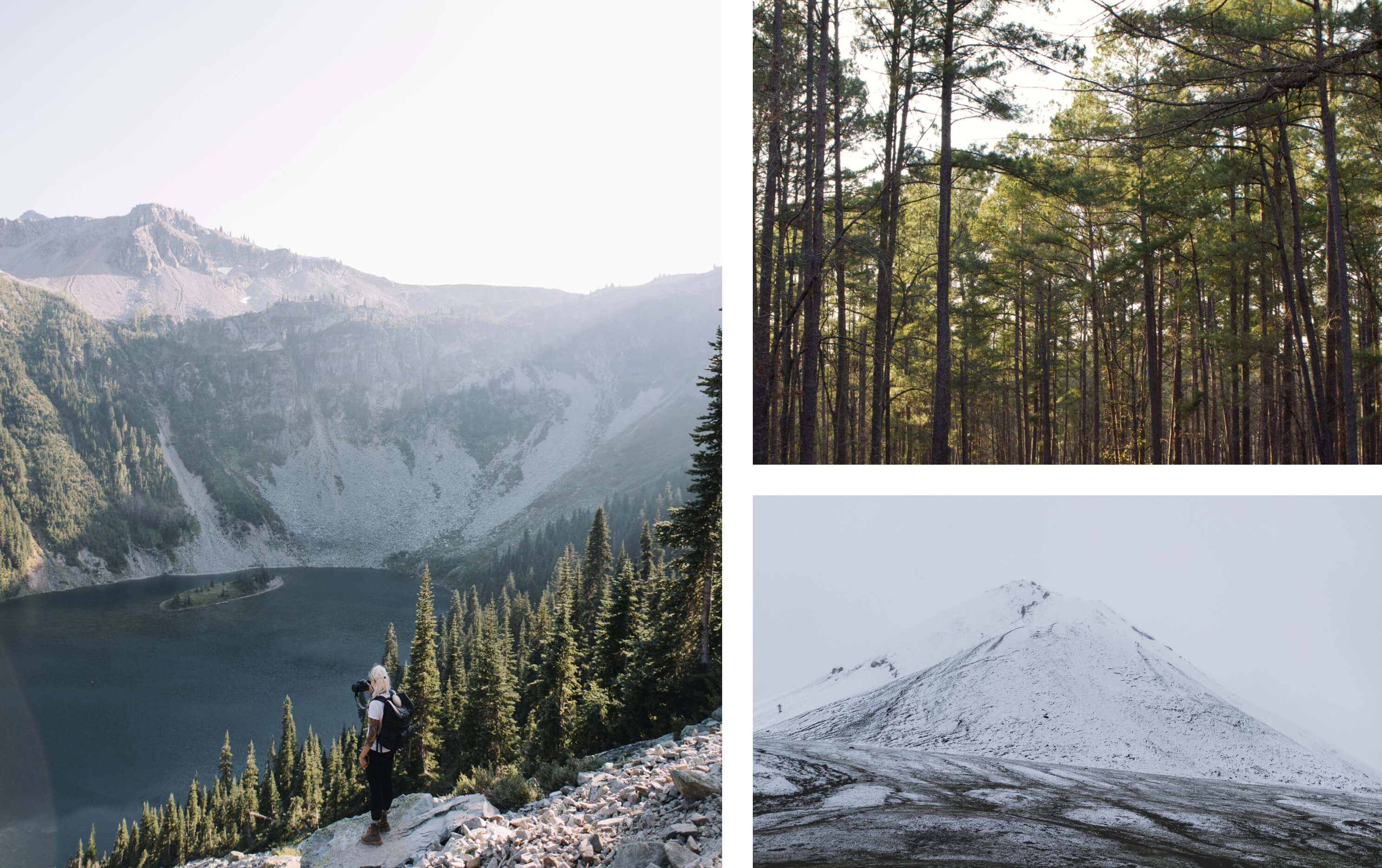
National parks are becoming more and more popular. Last year, they received a total of 297.1 million recreation visits. More people means longer delays at the entrance gates, filled parking lots, no vacancy at campsites, and crowded trails. But if you’re in the right place, at the right time, you can still get some alone time in one of our great national parks.
The Right Place
Of the 423 National Park Sites in the system, just 25 (6%) received more than 50% of the system’s total visitors. The most visited national park, Great Smoky Mountains National Park, had 15.9 million visitors. Number 10, Glacier National Park, received 2.9 million. That’s a lot of people, but it also means there are a lot of parks that aren’t overrun with visitors! Here’s a list of some of our favorite, and least visited, National Parks:
Gates of the Arctic National Park & Preserve, Alaska (11,000 Recreation Visits)
Lying entirely north of the Arctic Circle, at the northernmost extension of the Rocky Mountains, 200 miles north of Fairbanks, Gates of the Arctic is massive, with a total of 8.4 million acres. This is true wilderness: there are no roads, no trails, no campsite and, of course, no cell service. The only way in and out is by plane.
The landscape is covered by sparse black spruce forests, boreal forest, and arctic tundra. Wildlife includes large portions of the Western Arctic caribou herd, moose, dall sheep, wolverines, wolves, and grizzly and black bears. The Arrigetch Peaks are the most famous section of the park with their mesmerizing, jagged granite spires. Summers are short, but the days are long. Winter days are short, and the temperatures can plunge to -50° F, so plan accordingly. While getting to this park requires some serious planning and previous park experience, we think it’s a beauty that’s worth checking out.